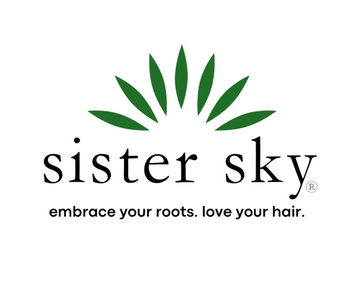Growing Native Plants - Edible Landscapes and Permaculture
Jun 20, 2019
My grandparents lived on a 120-acre allotment on the Spokane Indian Reservation where they grew a garden and some trees. I remember my grandparent’s home with fond memories of flowers, elder, service, and gooseberry bushes, wild strawberries, camas, wild carrots, and old gnarly apple trees. The scents and flavors are stored in my mind forever. I remember these days of nurturing, gathering, and preserving as I drive to the office from my home in Spokane.
During the drive, especially since the first days of March, I tend to look up to Mt. Spokane to see how much snow is left (snow was gone as of May 28). I explain this habit as my inner clock is telling me it’s time to get ready to nurture, gather, and preserve. Almost every year, my husband and I plant our seeds in January and transplant to our garden when the snow is gone from Mt. Spokane. Last year and this year, we haven’t been able to start our garden because we are building a garage, so the yard is pretty much torn apart. We have also been planning how we will include our garden into our new yard layout in back and in front of our house.
My research and planning have led me to read about the latest trends in gardens and front yards. Now, for those who know me, realize that I don’t usually follow trendy ideas. Just looking at my clothes or hairstyles can tell you that. However, I think the ideas of edible landscapes, growing native plants, and permaculture are extensions of how American Indians fostered the plants in their homelands. Look at the example I gave about my grandparent’s garden. Although they were allotted the land on the reservation, they fostered and nurtured a myriad of plants on their land. For example, in the front yard they had an elderberry bush and a service berry bush surrounded by nasturtiums, marigolds, wild roses, petunias, alyssum, and an occasional tomato plant or two. The side yard had the gooseberry bushes, the gnarly apple trees (crab and red delicious), as well as a field of wild carrot, osha root, and camas. The wild strawberries were just that, wild. They grew in the lawn, so we had to pick them before grandpa mowed the yard each week. Also, when we played in the yard, we always ended up with strawberry juice all over our clothes, legs, and feet. It is this memory that guides my planning to include elder berry bushes, wild roses, arrow-leaf balsam root, rhubarb, peonies, petunias, service berry, choke cherry, tomato, pepper, eggplant, swiss chard, and other plants in my yards. I love the idea of mixing food with native plants; building a permaculture environment for our home. Bringing back the native plants that belong in our lives, sustaining our pantry with food that we grew, and broadening our connection to the ancestors.
The mix of plants that bore fruit and vegetables, along with the native plants found all around the Spokane people’s traditional homeland is connected to the health, wellness, and spiritual well-being of us and our people. We do need to remember that although we may have been taught to garden through colonialism, we can nurture the plants that enabled our ancestors to survive and thrive for our own well-being and connectedness.
Written by: Maria Griffin - Senior Project Director - Sister Sky, Inc.



4 comments
Excellent article. You painted a picture of your grandparents garden in my mind, all while discussing sound ecological practices, self reliance, and the practice and perseverance of traditional methods. And I, too, have been wearing the same comfortable style of shirt for over 20 years. Three cheers for all who refuse to fall in line with the trendsetters! Thank you, Maria!